Solar Health Spreads Hope and Smiles
Last month Let There Be Light International (LTBLI) traveled to Uganda where we met with solar beneficiaries and inspected solar health facilities.
Site Visit Highlights
LTBLI loves heading into the districts to meet with our local solar health partners. In fact, although the journey can be long, we always return invigorated and more committed than ever to our cause. Uganda is an incredibly beautiful country filled with passionate and welcoming people. As an example, we were greeted with boisterous singing and dancing on more than one occasion!
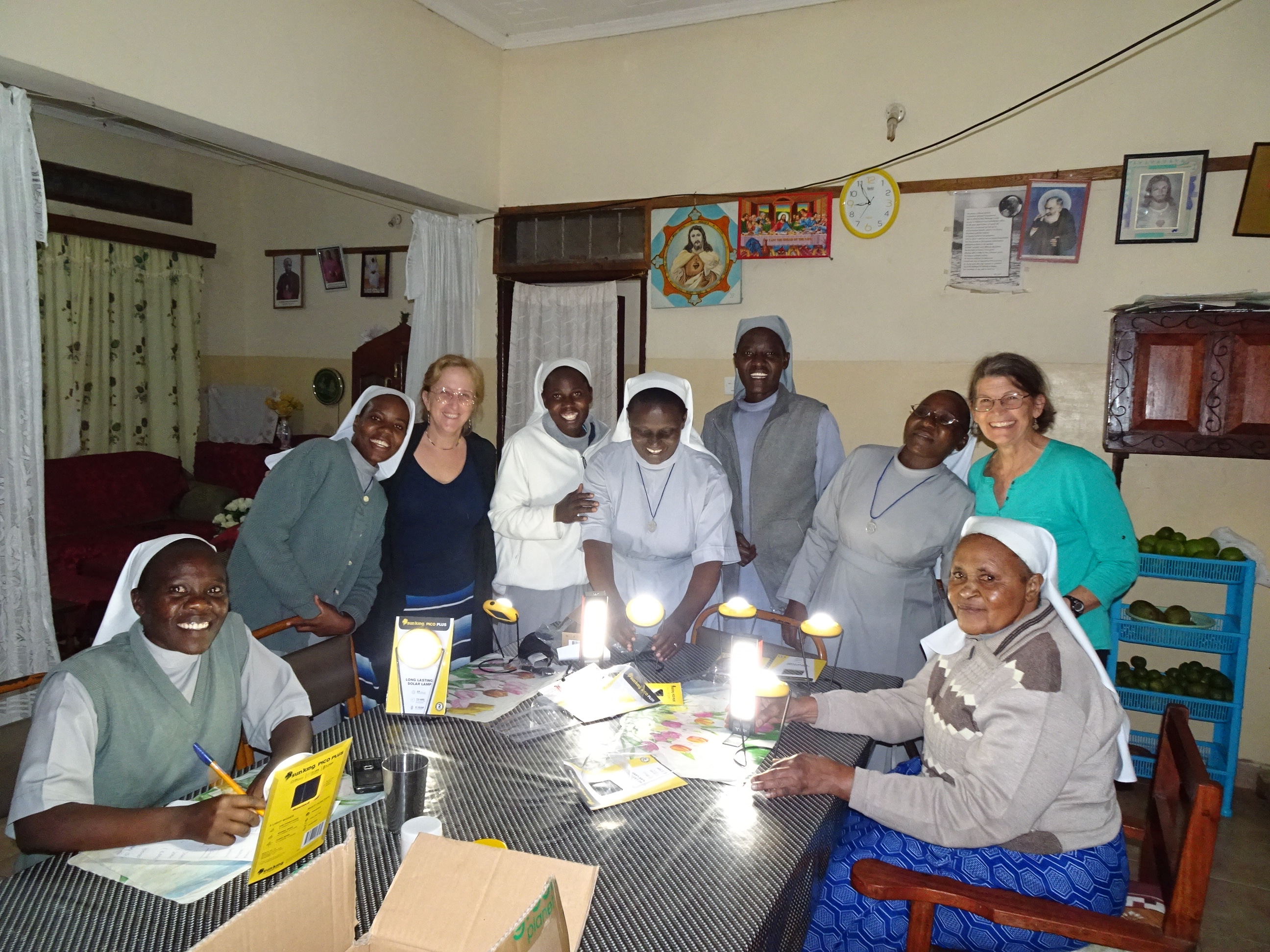
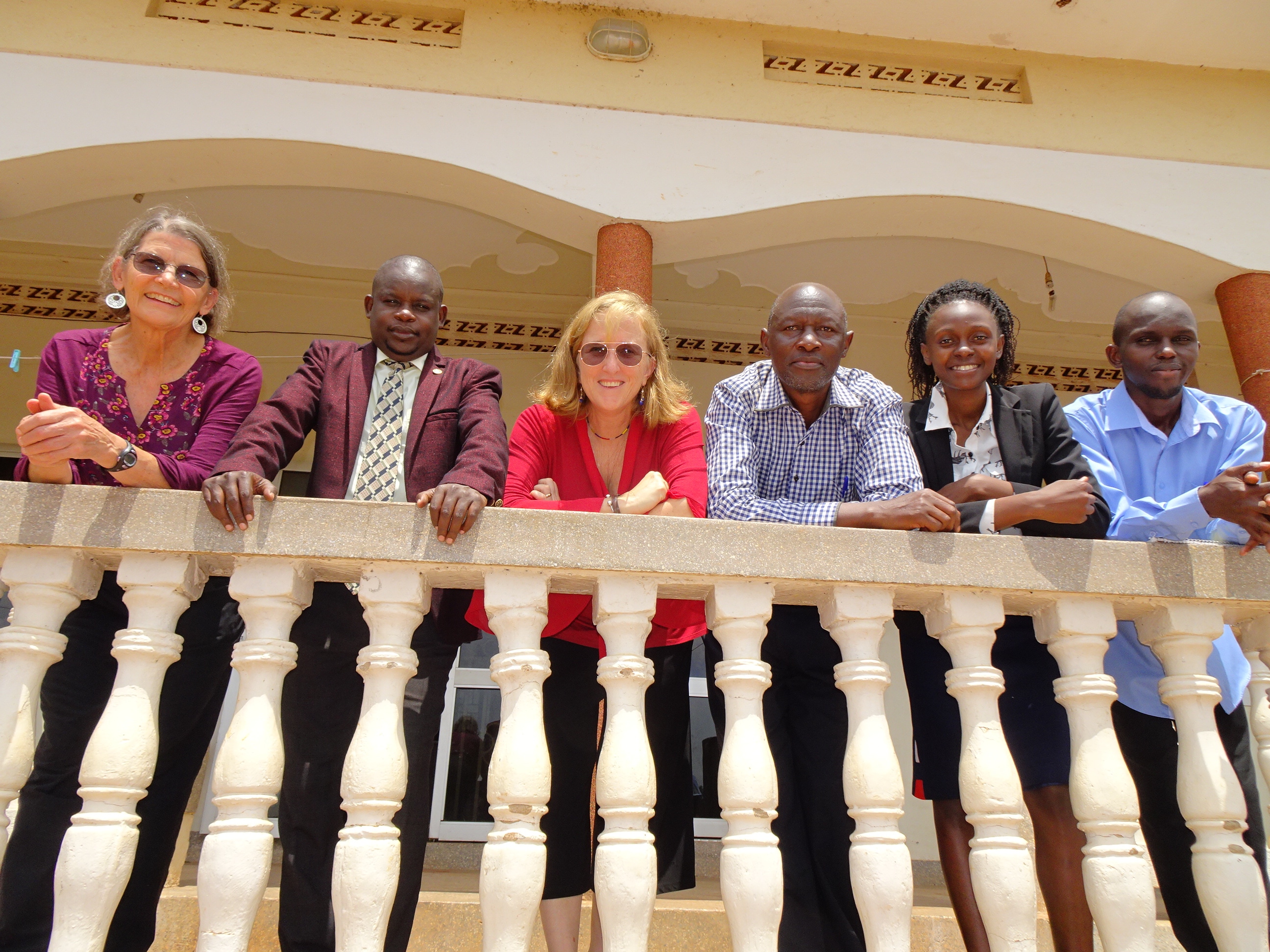
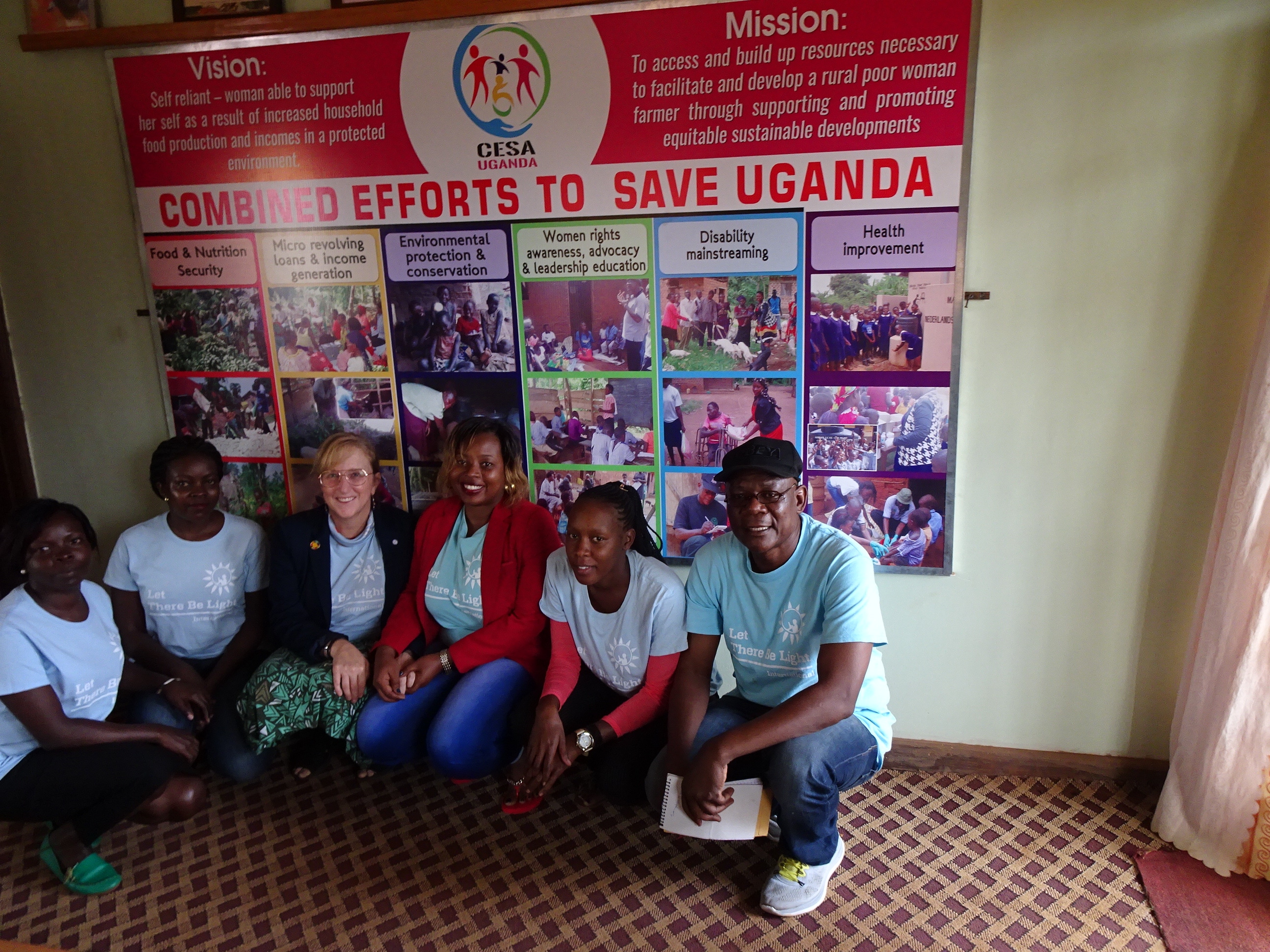
Pictured above are a few of our primary partners in Uganda including KACCAD and Combined Efforts to Save Uganda (CESA-Uganda).
Solar Health
While in Uganda, we visited 10 rural health clinics. We couldn’t be more proud of our solar projects! For instance, we met with nurses, midwives, doctors and administrators who told us about how access to reliable, safe energy impacts healthcare access and delivery in their communities. In addition to the 8 solar systems installed in 2018, LTBLI’s outreach and educational posters – “Solar Lights Change Lives” – now are displayed at community centers, schools and clinics. Because many adults are not literate, the posters use images to describe and amplify LTBLI’s solar programs.
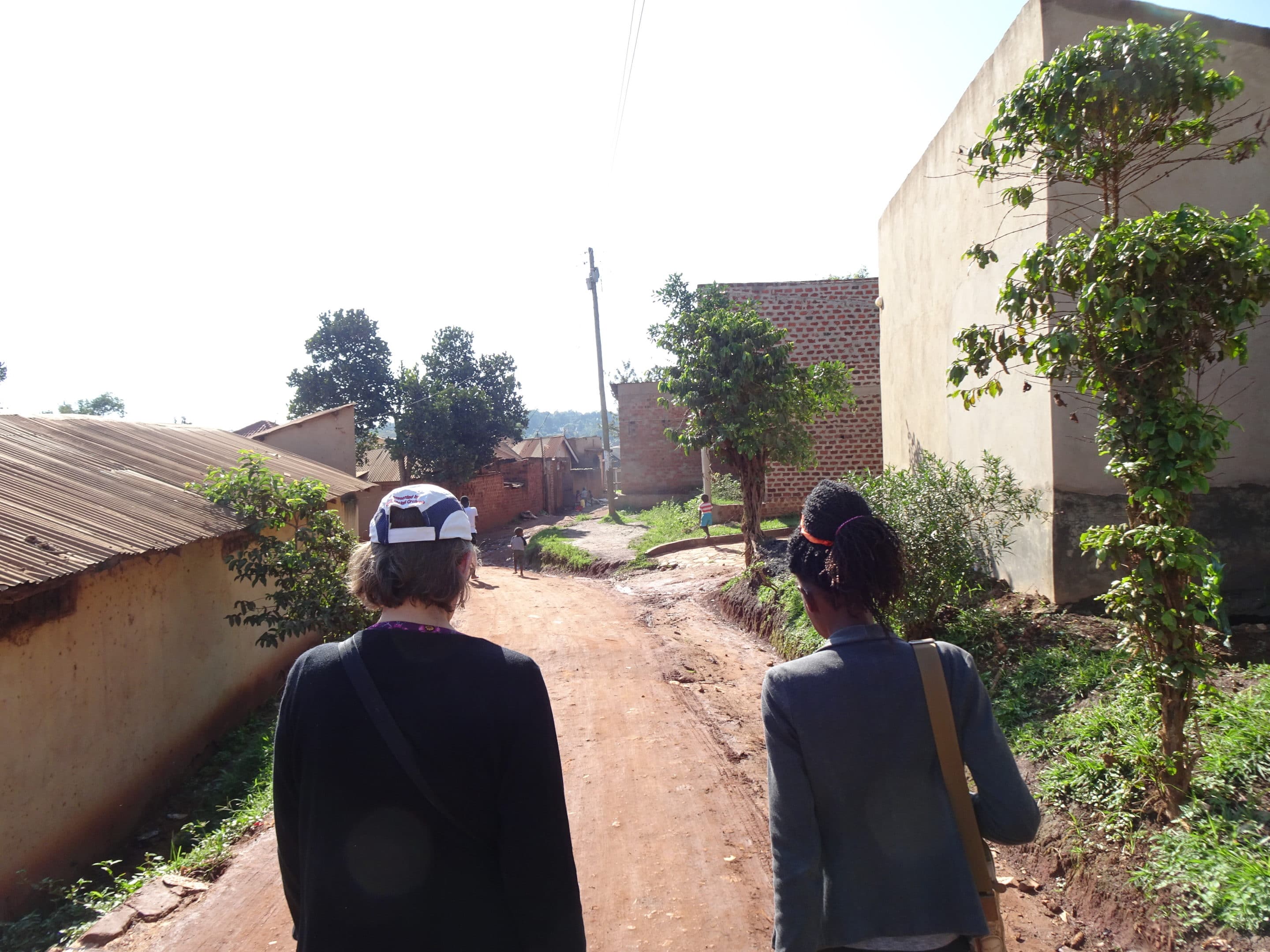
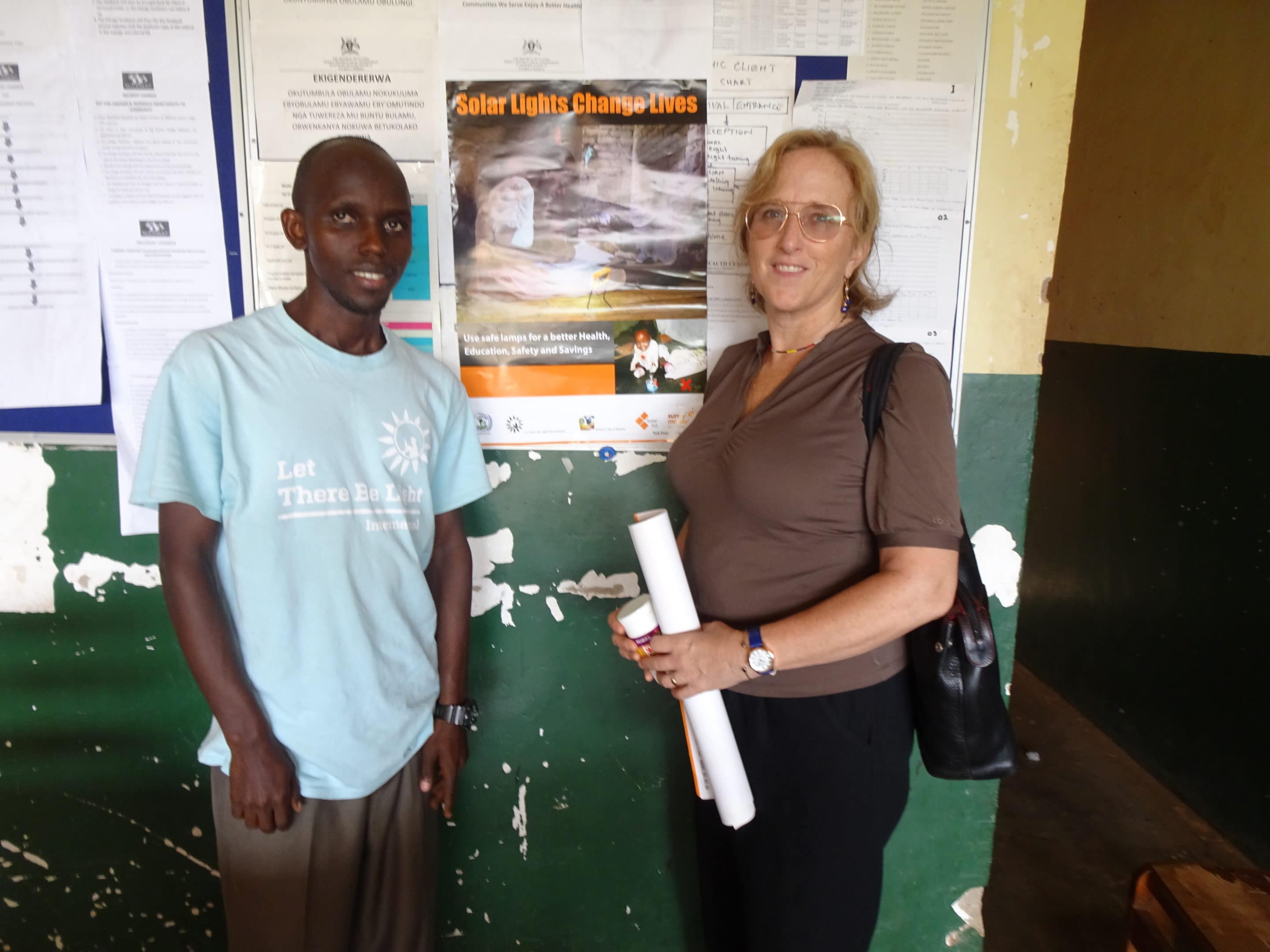
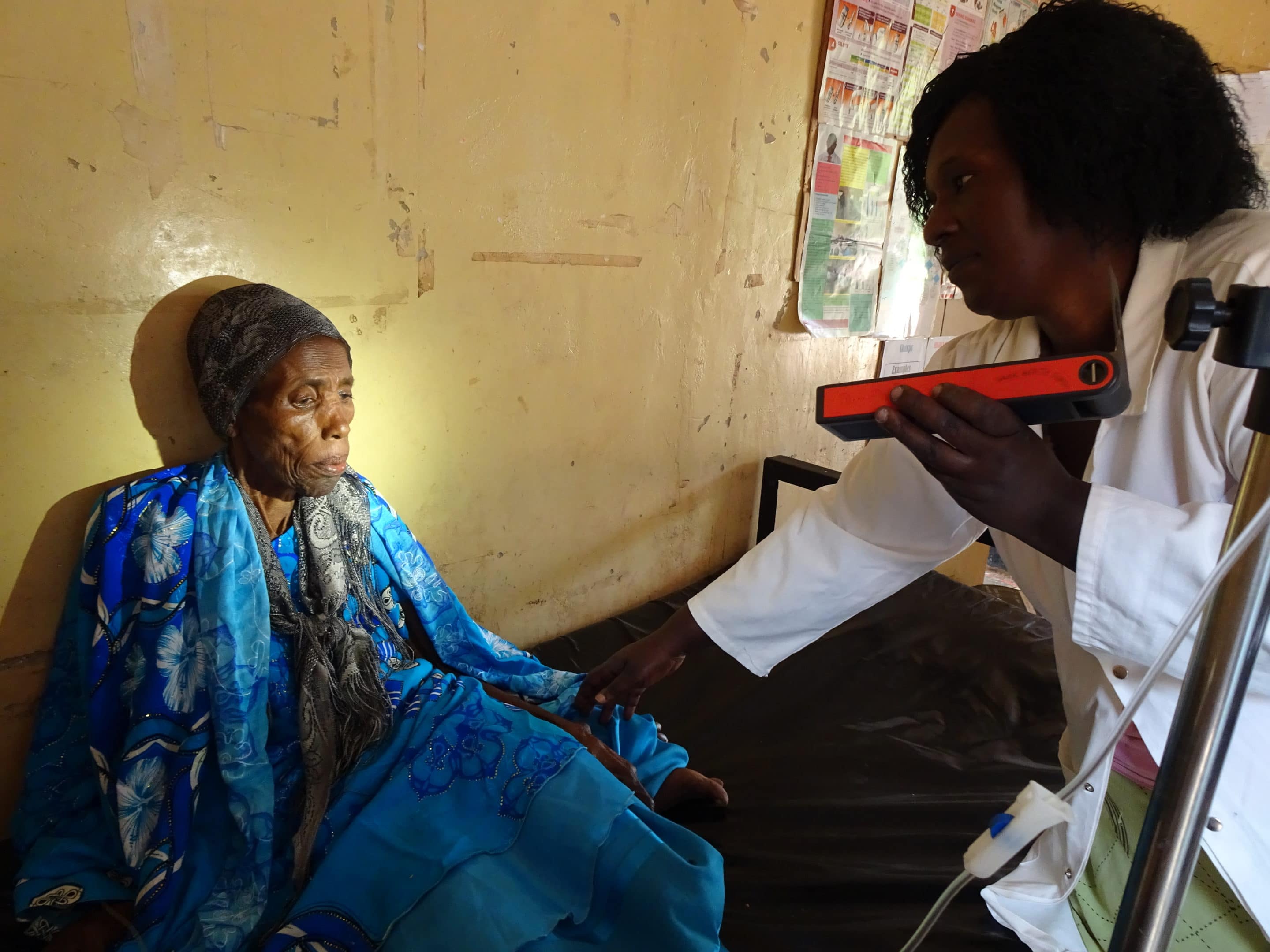
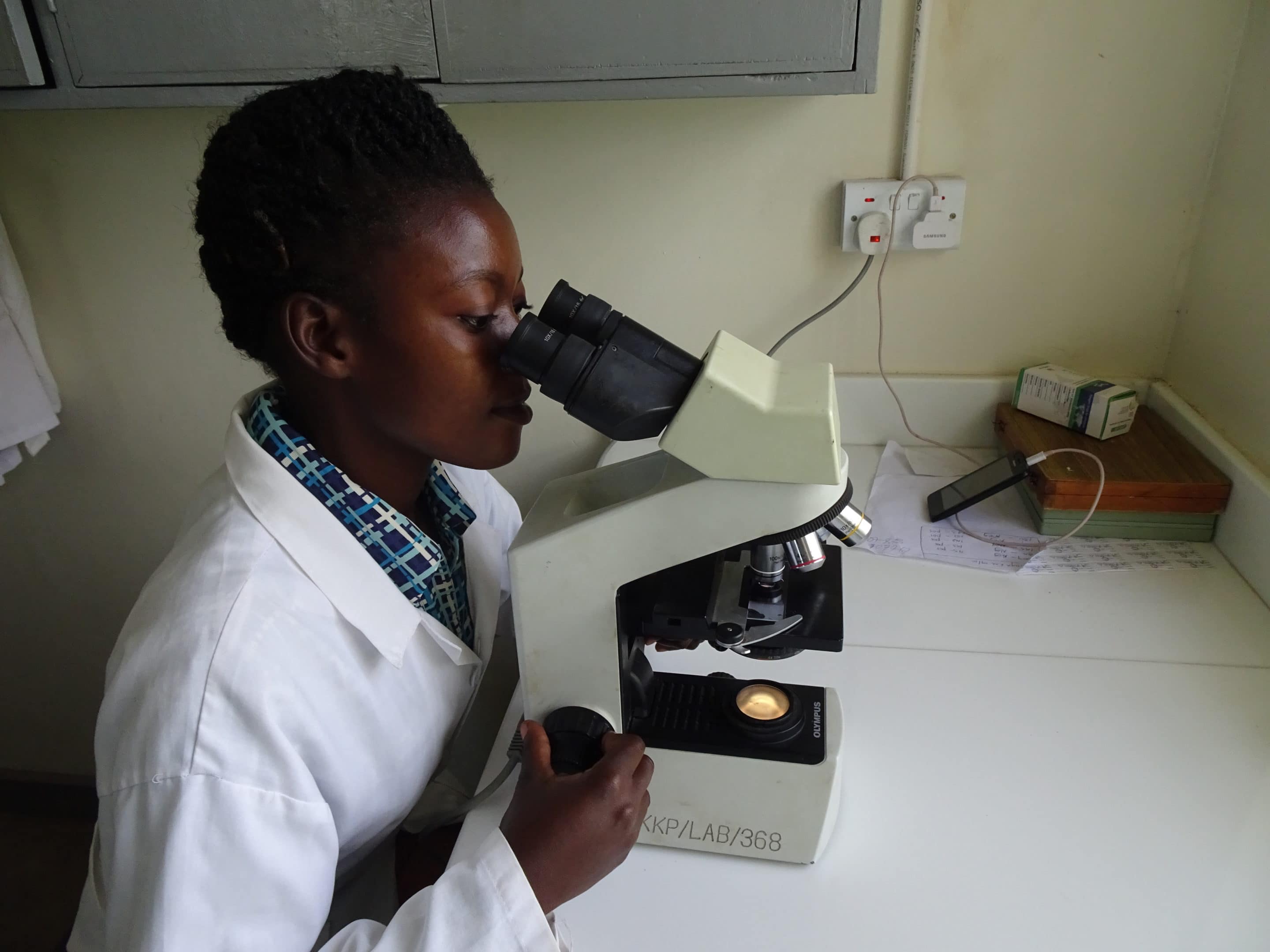
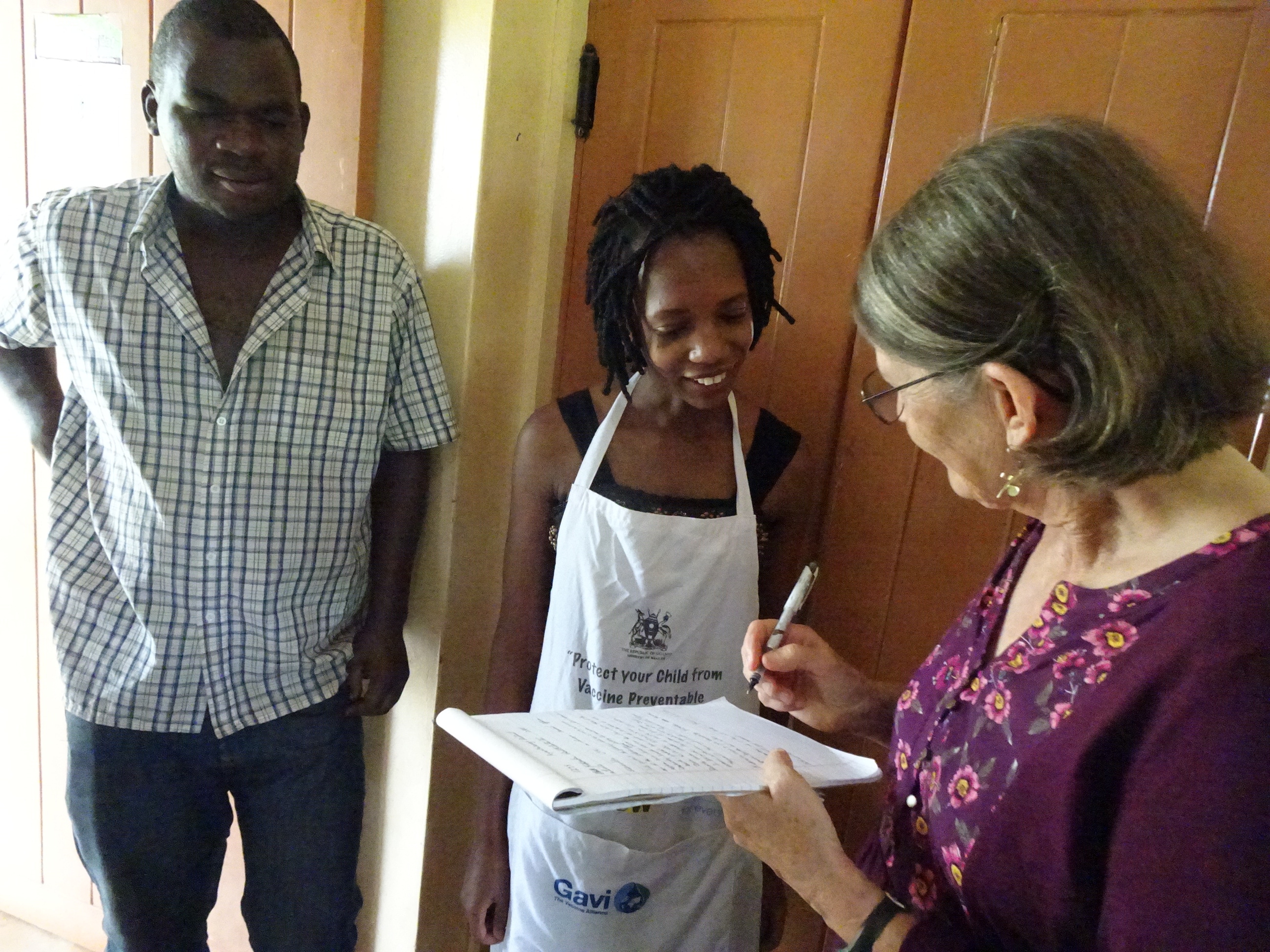
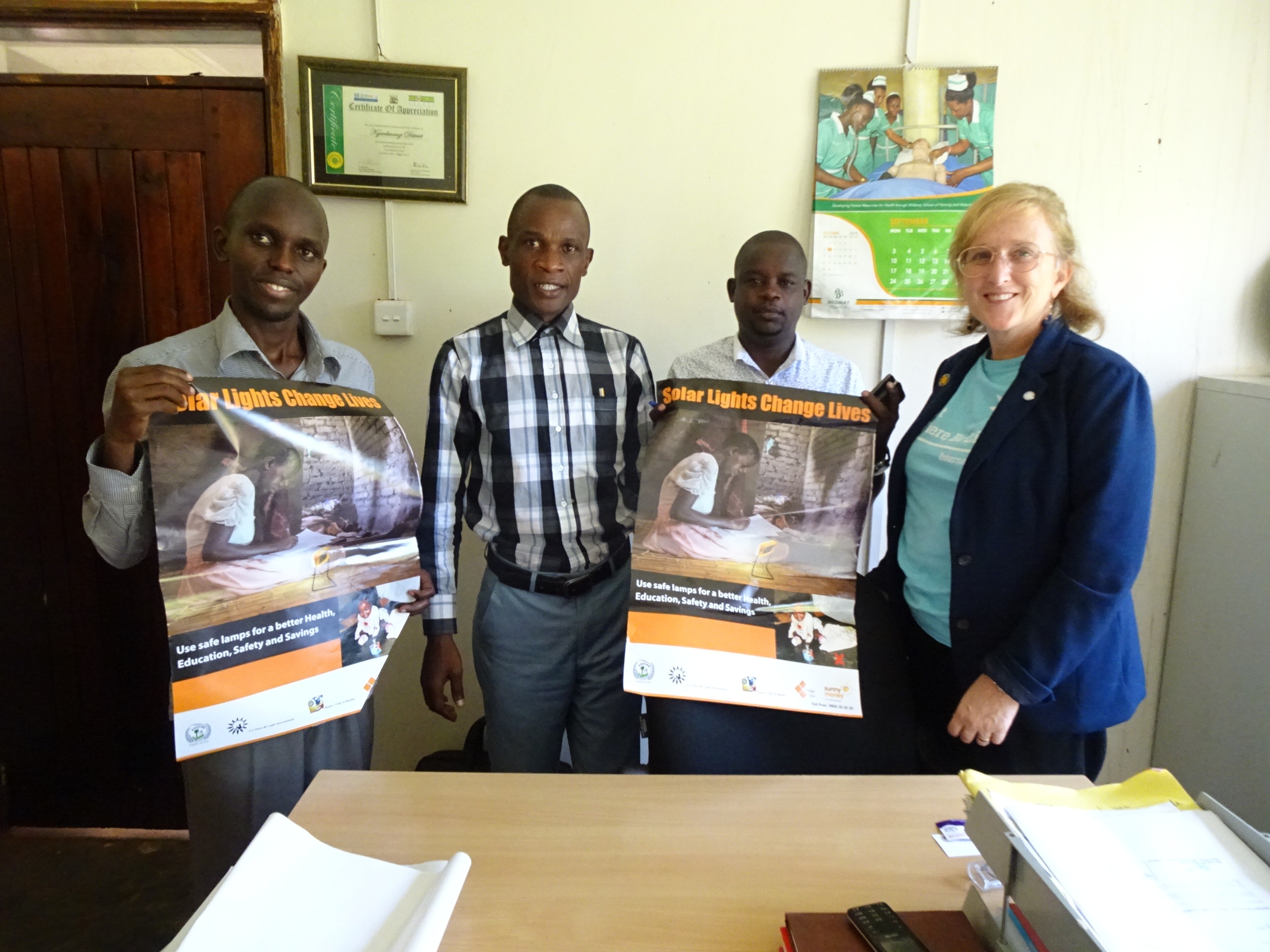
Solar Health Impacts
Rural clinics offer primary and emergency services to hundreds of thousands of people in Uganda. Because the electrical grid does not reach these areas, however, clinics operate for limited hours. They also rely on unsafe and nonrenewable lighting inputs like kerosene and phone flashlights. With solar-electrification, therefore, clinics can remain open longer. More patients can be seen and better health outcomes are predicted.

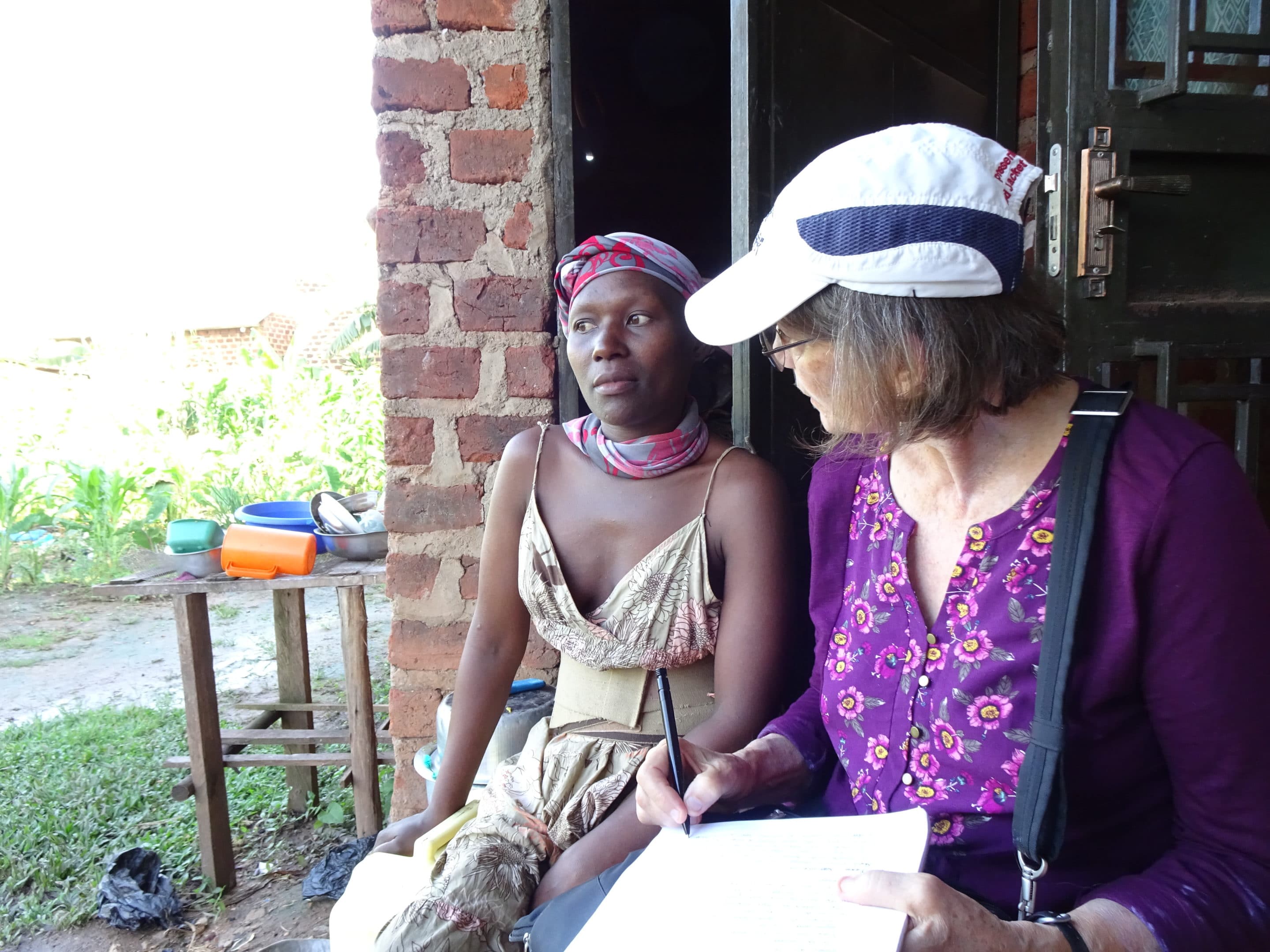
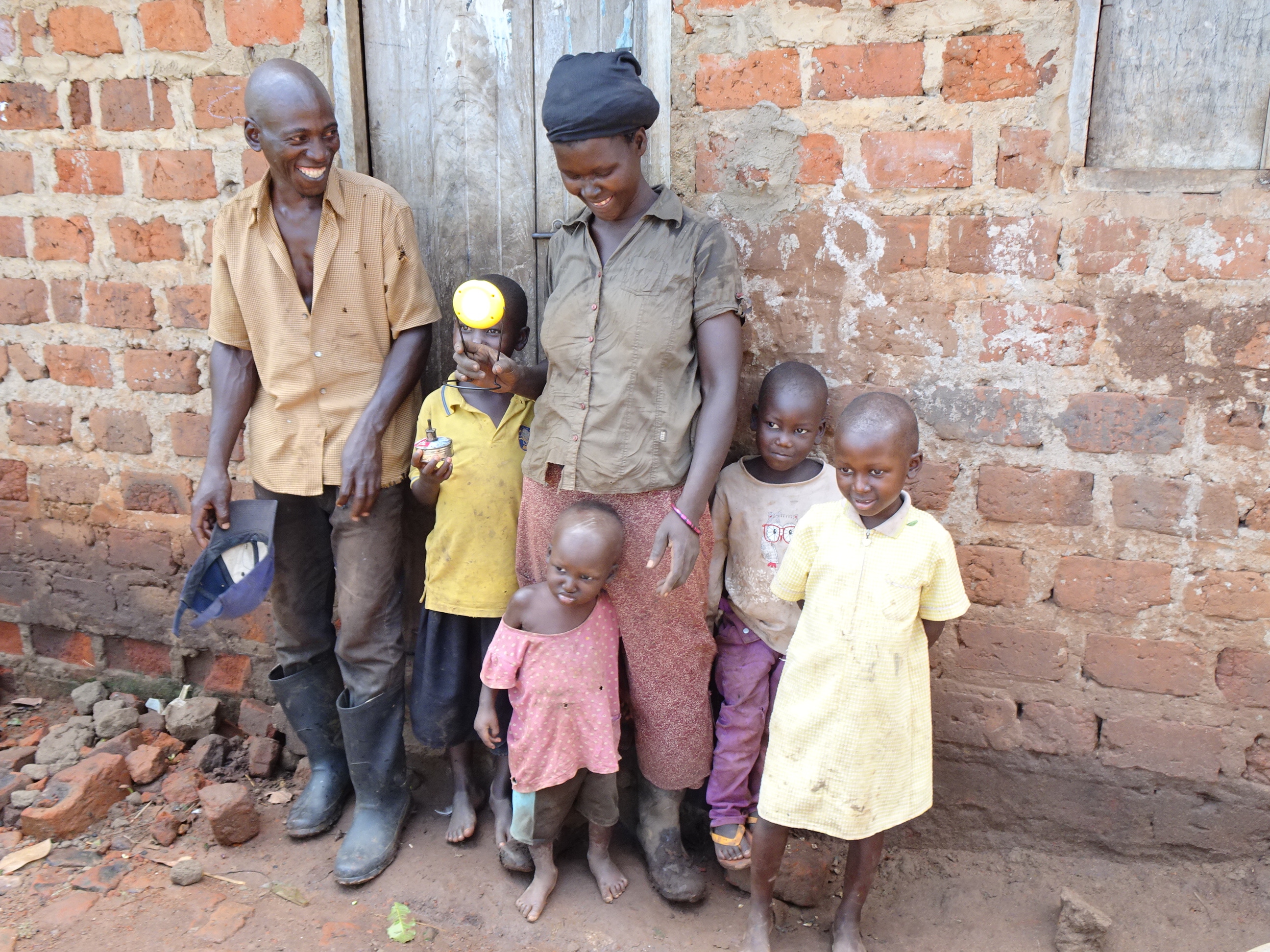
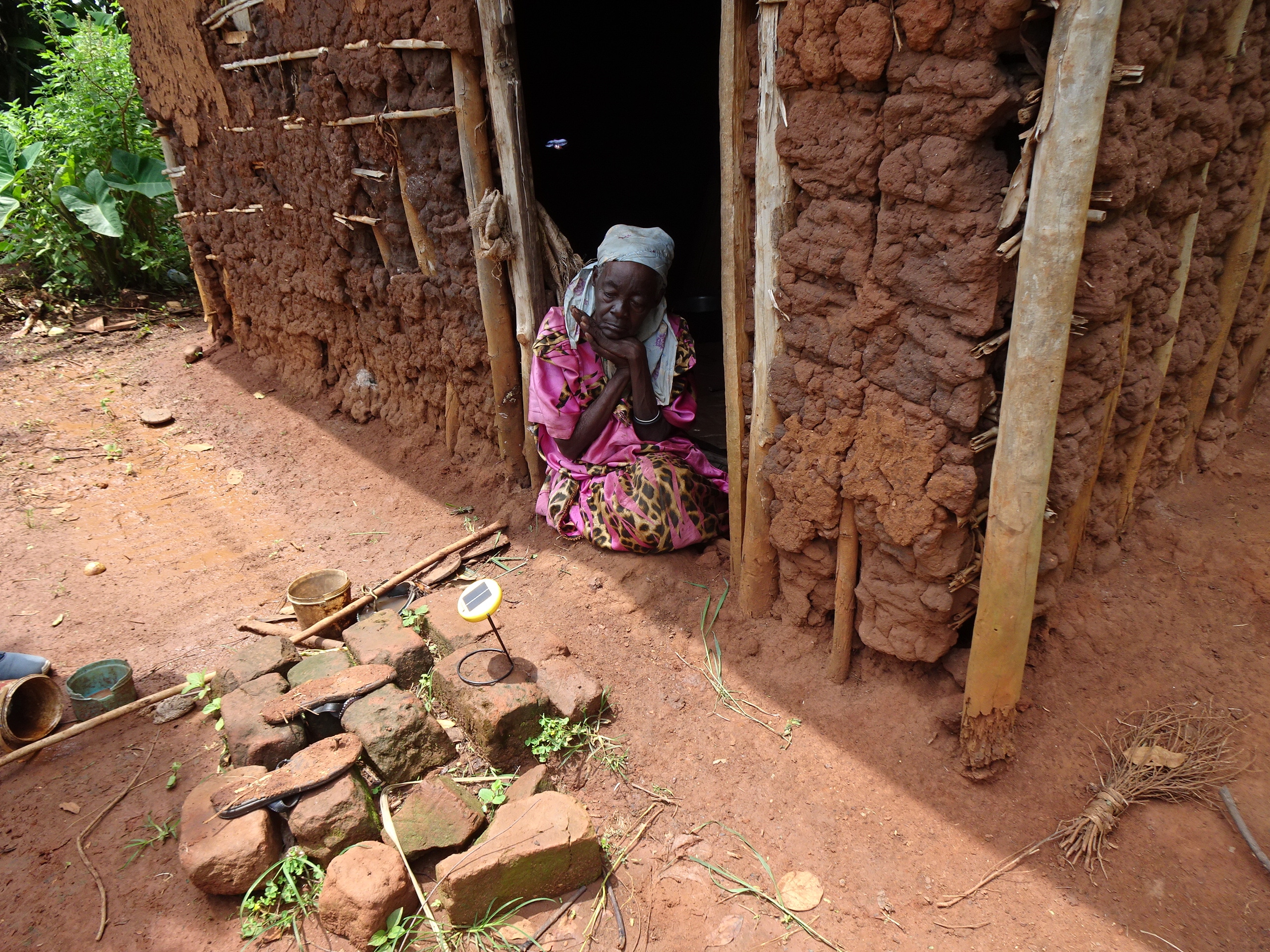
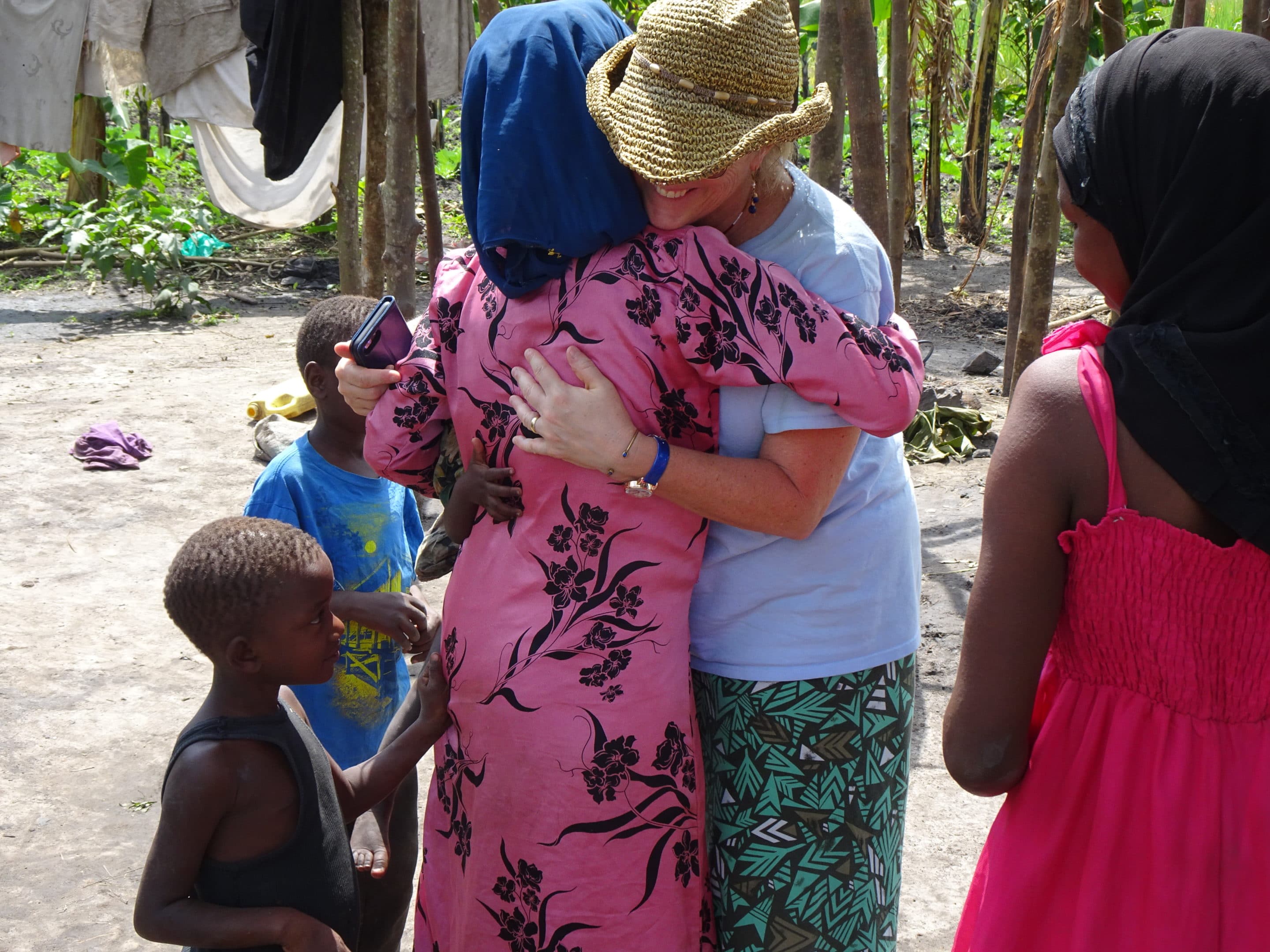
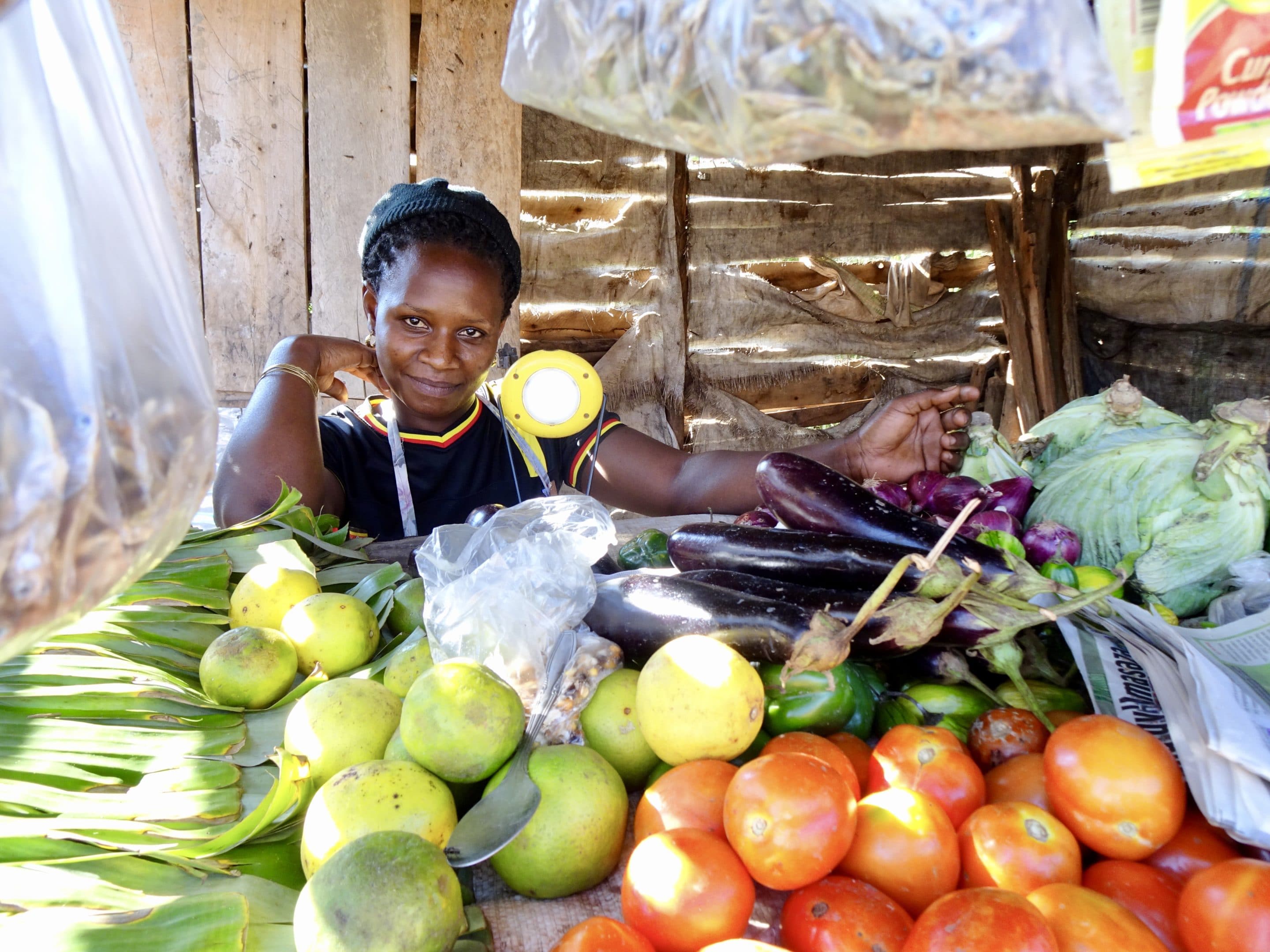
Solar Beneficiaries
We spent our favorite days visiting solar light beneficiaries. We were greeted with smiles and hugs and saw mothers using their solar lights to care for their babies. Students proudly read to us while using their safe lights. Elders told us that they treasure their connection to the “modern world.”
Together we celebrated the power of love and compassion to overcome obstacles and geography! To donate light, click here.

0 Comments